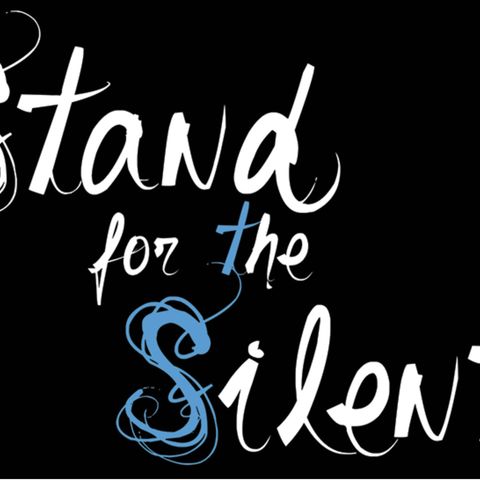Battling Bullying that Claimed His Son

Download and listen anywhere
Download your favorite episodes and enjoy them, wherever you are! Sign up or log in now to access offline listening.
Battling Bullying that Claimed His Son
This is an automatically generated transcript. Please note that complete accuracy is not guaranteed.
Description
What would you do if your child was bullied to the point where they decided life wasn't worth living…and so they committed suicide? In an instant, all of your hopes...
show moreThat's what happened to Kirk and Laura Smalley, who lost their son, Richard Ty Field-Smalley, in 2010 following a bullying episode. After that, Kirk and Laura worked tirelessly to prevent other families from suffering the same pain and loss.
They traveled all across the United States and visited several other countries spreading the message of love and support to children who need it, even meeting with President Barack Obama and First Lady Michelle Obama to talk about what can be done to ensure our children grow up safe and whole.
In 2020,after suffering a brain aneurysm, Laura was reunited with her beloved son. Kirk knows they are still with him, giving him the strength he needs to continue his mission: to give our children a safe future where each one can grow into the amazing individuals they are meant to be.
Kirk is our guest on both the Lean to the Left and Justice Counts podcasts, co-hosted by Bob Gatty and legal thriller author Mark M. Bello, who has just published a new children's book, "Happy Jack, Sad Jack--a Bullying Story."
Smalley explains that while most reported bullying happens in the school building, a significant percentage also happens in places like on the playground or the bus. It can also happen travelling to or from school, in the youth’s neighborhood, or on the Internet.
Bullying prevention in schools is a full-time exercise, he says, adding that for true change to take place, the culture of a school must be transformed. With a year-round bullying prevention program, clear expectations of faculty and staff and established guidelines for how to treat incidents, students and adults can be a part of a culture of caring.
Ten strategies to prevent bullying in schools:
- Establish school-wide policies and classroom procedures pertaining to bullying that are distributed to students, parents, and teachers.
- Depict on bulletin boards and in hallways that school and classrooms are bully-free zones, and that students treat each other with respect.
- Develop strategies to recognize and reward positive social behavior.
- Speak with ALL involved in a bullying situation separately and in private.
- Develop separate intervention plans for children who are bullied, children who participate as bystanders, and children who bully others.
- Be mindful of class seating arrangements to promote positive role models and limit access.
- Hold periodic class meetings and assemblies to remind children of bullying prevention.
- Contact parents of all students involved in a bullying incident; meet separately with parents of each student to provide information about bullying; explain school’s bullying protocol; and address the specifics of the situation. Do not identify names of other students.
- Establish procedures for documenting episodes of bullying and intervention.
- Assign all students classroom allies/buddies and periodically re-arrange the assignments.
- Use your router or internet service provider’s security app to configure child-safe internet filtering. This works just like the filtering system on library and public school computers and lets you control which websites your child can access.
- Blocking websites and keywords is the easiest way to ensure your child only has access to trusted internet content. You can block websites and keywords through your router or internet service provider’s security app. Another way to configure internet filtering is by only allowing your child access to certain websites and keywords. Rather than blocking specific content, you grant access to approved website URLs and keywords. This means all other content is blocked.
- Setting an internet schedule, or a window of time when your child has internet access, is another great option for keeping him or her safe online. Similar to blocking websites and keywords, you can set up access times through your router or internet service provider’s security app.
- Add your “trusted devices” to bypass parental control settings. Some internet service providers let you set your personal devices as “trusted devices.” These devices will be able to access websites blocked by parental control settings. This way, you can keep parental controls in place on your child’s devices while bypassing them on your own. Know the child safety laws in your state.
Information
Copyright 2024 - Spreaker Inc. an iHeartMedia Company
